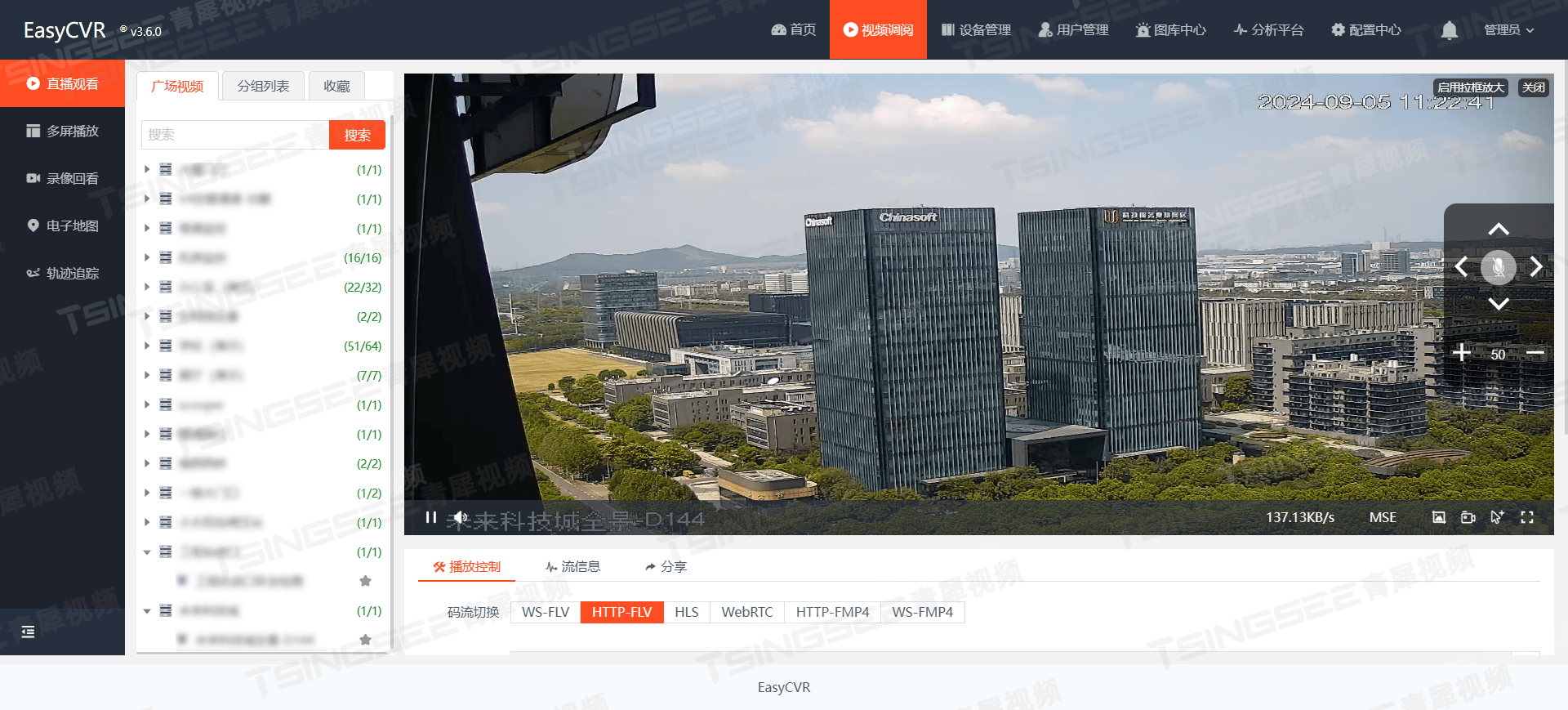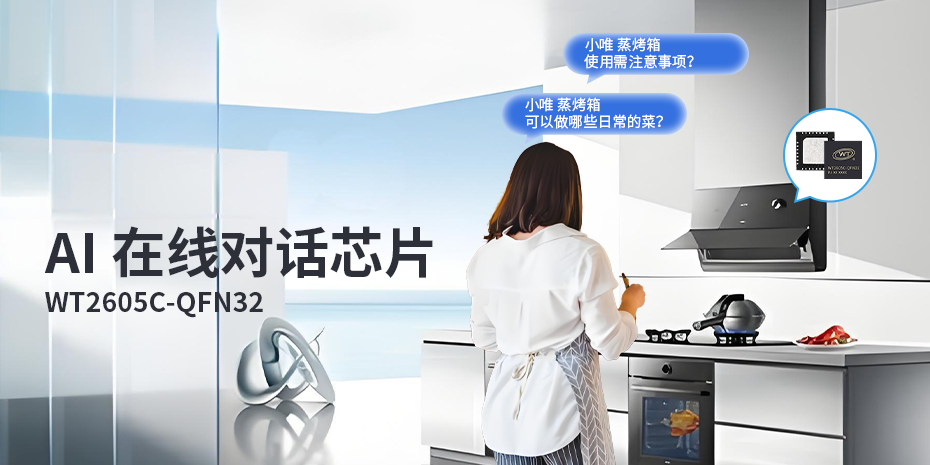自定义实现登录界面:
#include "widget.h"
#include "ui_widget.h"
#include<QPushButton>
#include<QLineEdit>
#include<QLabel>Widget::Widget(QWidget *parent) //定义有参构造函数: QWidget(parent), ui(new Ui::Widget) //给自己类中的指针实例化空间
{//ui->setupUi(this); //将ui界面上拖拽的组件展示到this界面上//按钮组件this->setWindowTitle("QQ登录");this->resize(520,520);this->setStyleSheet("background-color:lightblue");QPushButton *btn1 = new QPushButton;btn1->setParent(this);btn1->setText("登录");btn1->resize(60,40);btn1->move(150,300);btn1->setStyleSheet("background-color:lightgreen");QPushButton *btn2 = new QPushButton(this);btn2->setText("注册");btn2->resize(btn1->size());btn2->move(300,300);btn2->setStyleSheet("background-color:lightgreen");//行编辑器QLineEdit *edit1 = new QLineEdit;edit1->setParent(this);edit1->resize(250,30);edit1->move(150,150);edit1->setPlaceholderText("账号");edit1->setEchoMode(QLineEdit::Password);QLineEdit *edit2 = new QLineEdit(this);edit2->resize(edit1->size());edit2->move(150,200);edit2->setPlaceholderText("密码");edit2->setEchoMode(QLineEdit::Password);//创建标签QLabel *lab1 = new QLabel;lab1->setParent(this);lab1->setText("账号:");lab1->move(edit1->x()-60,edit1->y());QLabel *lab2 = new QLabel("密码:",this);lab2->move(edit2->x()-60,edit2->y());}Widget::~Widget() //定义析构函数
{delete ui; //释放ui界面组件的空间
}
效果图:

02Demo.pro
#QT:引入的类库 core:核心库 gui:图形化界面库
QT += core gui
#当QT超过版本4时会自动加上widgets
greaterThan(QT_MAJOR_VERSION, 4): QT += widgets
#支持C++11新特性
CONFIG += c++11
#
# The following define makes your compiler emit warnings if you use
# any Qt feature that has been marked deprecated (the exact warnings
# depend on your compiler). Please consult the documentation of the
# deprecated API in order to know how to port your code away from it.
DEFINES += QT_DEPRECATED_WARNINGS# You can also make your code fail to compile if it uses deprecated APIs.
# In order to do so, uncomment the following line.
# You can also select to disable deprecated APIs only up to a certain version of Qt.
#DEFINES += QT_DISABLE_DEPRECATED_BEFORE=0x060000 # disables all the APIs deprecated before Qt 6.0.0
#管理源文件
SOURCES += \main.cpp \widget.cpp
#管理头文件
HEADERS += \widget.h
#管理所有ui文件
FORMS += \widget.ui# Default rules for deployment.
qnx: target.path = /tmp/$${TARGET}/bin
else: unix:!android: target.path = /opt/$${TARGET}/bin
!isEmpty(target.path): INSTALLS += target
widgets.h
#ifndef WIDGET_H
#define WIDGET_H //防止头文件重复包含#include <QWidget>
QT_BEGIN_NAMESPACEnamespace Ui { class Widget; } //将其他文件中的命名空间进行声明QT_END_NAMESPACE
//自定义的类的声明 公共继承自QWidget:QWidget
class Widget : public QWidget
{Q_OBJECT //信号与槽的源对象public:Widget(QWidget *parent = nullptr); //构造函数的声明且带有默认参数~Widget(); //虚析构函数的声明private:Ui::Widget *ui; //成员属性:指针
};
#endif // WIDGET_H
main.cpp
#include "widget.h" //文件包含 自定义头文件#include <QApplication> //包含应用程序的头文件int main(int argc, char *argv[])
{QApplication a(argc, argv); //使用应用程序类实例化对象并调用有参构造Widget w; //使用自定义类调用无参构造在栈区生成一个界面对象w.show(); //调用对象的成员函数展示界面return a.exec(); //使用应用程序类对象并调用成员函数保证页面不被关闭
}widget.cpp
#include "widget.h"
#include "ui_widget.h"Widget::Widget(QWidget *parent) //定义有参构造函数: QWidget(parent), ui(new Ui::Widget) //给自己类中的指针实例化空间
{ui->setupUi(this); //将ui界面上拖拽的组件展示到this界面上
}Widget::~Widget() //定义析构函数
{delete ui; //释放ui界面组件的空间
}


















![[数据集][目标检测]猪数据集VOC-2856张](https://i-blog.csdnimg.cn/direct/c66b9af20bd74637a464467054af8f45.png)